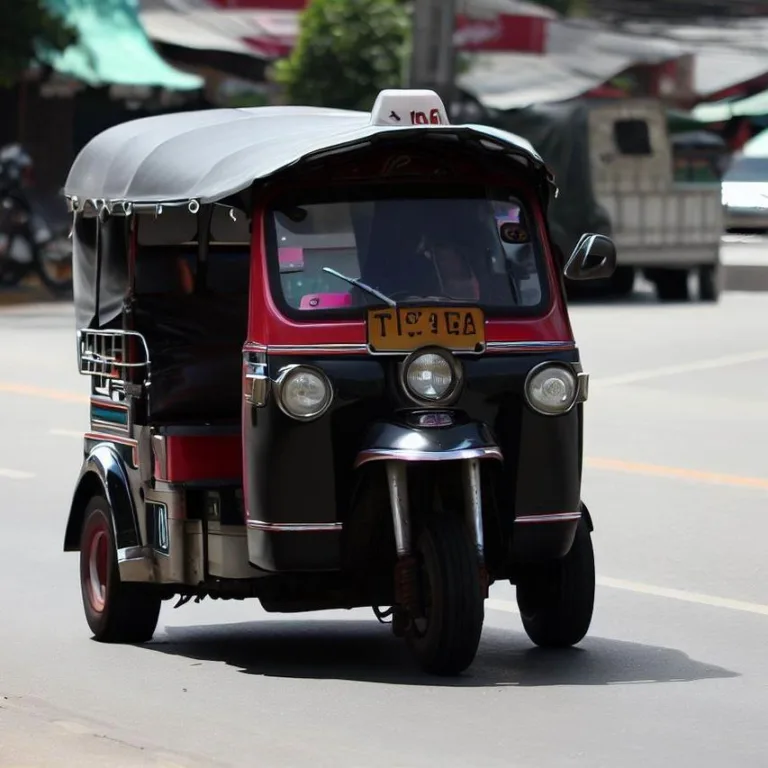Welcome to a world where transportation takes on a unique and charming form. The words „tuk tuk“ conjure up images of bustling streets, vibrant colors, and a convenient mode of getting around. In this article, we delve into the fascinating realm of tuk tuks, exploring their history, usage, and the reasons behind their popularity.
The origin and evolution of tuk tuks
Originating in Thailand, tuk tuks, also known as auto rickshaws, are a three-wheeled form of transportation that has captured the hearts of both locals and travelers. These quirky vehicles were created as a response to the need for efficient urban mobility in congested cities. With their compact design and ability to weave through traffic, tuk tuks quickly became a staple in many Asian countries.
Over the years, tuk tuks have undergone several transformations, embracing modern technologies while retaining their distinctive charm. From traditional gasoline-powered engines to electric and even solar-powered models, tuk tuks have adapted to the changing times while remaining an iconic symbol of the cities they serve.
Exploring the global phenomenon
Tuk tuks have transcended their Thai origins and have become a global phenomenon. Countries across Asia, Africa, and even parts of Europe have adopted these vehicles as an integral part of their transportation systems. In densely populated areas where traffic congestion is a challenge, tuk tuks offer a nimble and affordable solution for short-distance travel.
The popularity of tuk tuks isn’t solely due to their practicality. Tourists often embrace the tuk tuk experience as a fun and novel way to explore a new destination. The open-air design allows passengers to immerse themselves in the local atmosphere while zipping through the streets. This unique blend of convenience and adventure has contributed to the enduring appeal of tuk tuks.
Tuk tuks: more than just transportation
While tuk tuks excel in their primary role as transportation vehicles, they have also found their way into various aspects of daily life. In some regions, tuk tuks are used for mobile commerce, serving as mini food stalls, mobile shops, and even mini pop-up restaurants. This versatility speaks to the adaptability of tuk tuks and their ability to cater to a wide range of needs.
Additionally, tuk tuks have become iconic symbols in popular culture and are often featured in movies, television shows, and advertisements. Their distinctive appearance and undeniable charm make them stand out in any visual representation.
Frequently Asked Questions (FAQs)
What is a tuk tuk?
A tuk tuk is a three-wheeled motorized vehicle used for transportation in congested urban areas. It is a popular mode of travel in various countries, known for its compact design and maneuverability.
Where did tuk tuks originate?
Tuk tuks originated in Thailand, where they were developed as a solution for urban congestion. They quickly gained popularity and spread to other parts of Asia and beyond.
Are tuk tuks environmentally friendly?
Modern tuk tuks are increasingly embracing environmentally friendly technologies. Some models are electric or even solar-powered, reducing their carbon footprint and contributing to cleaner urban environments.
Why are tuk tuks popular among tourists?
Tuk tuks offer tourists a unique and immersive way to explore new destinations. The open-air design and ability to navigate through narrow streets provide an adventurous and memorable travel experience.
Can tuk tuks be used for purposes other than transportation?
Yes, tuk tuks are known for their versatility. In some places, they are used as mobile shops, food stalls, and even pop-up restaurants, showcasing their adaptability for various purposes.
Viz také:






